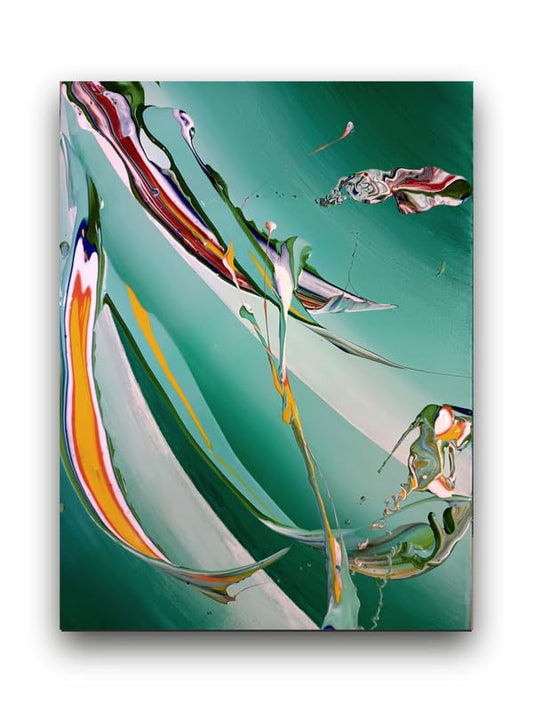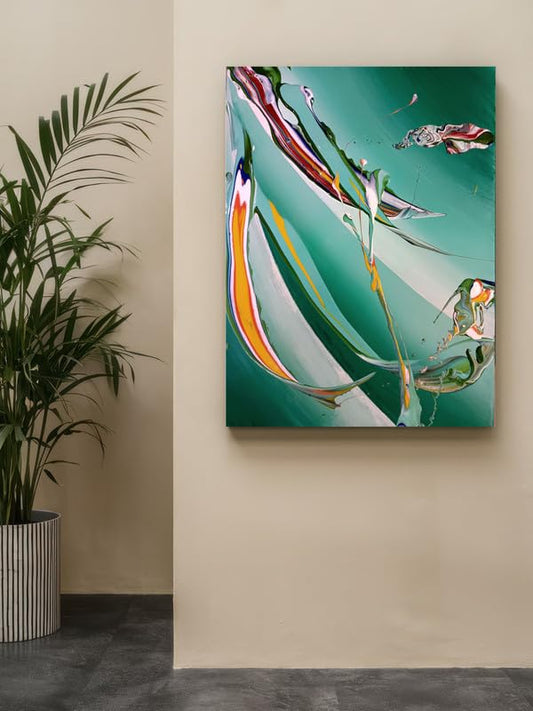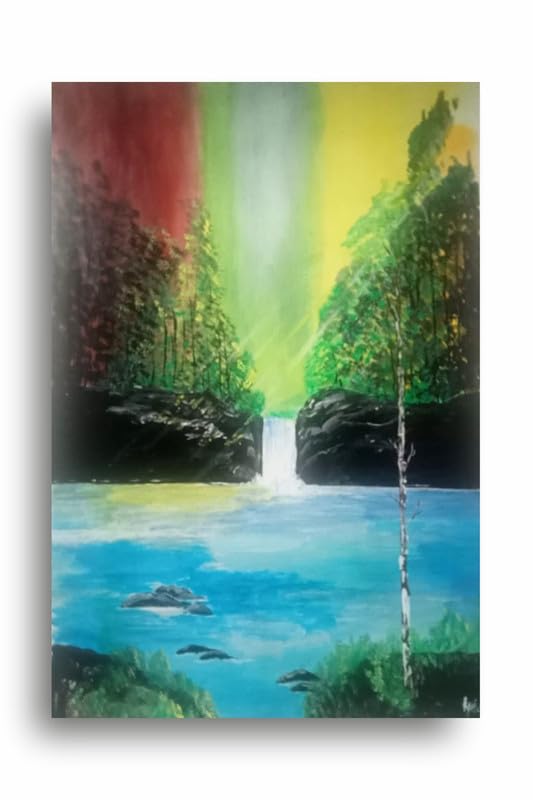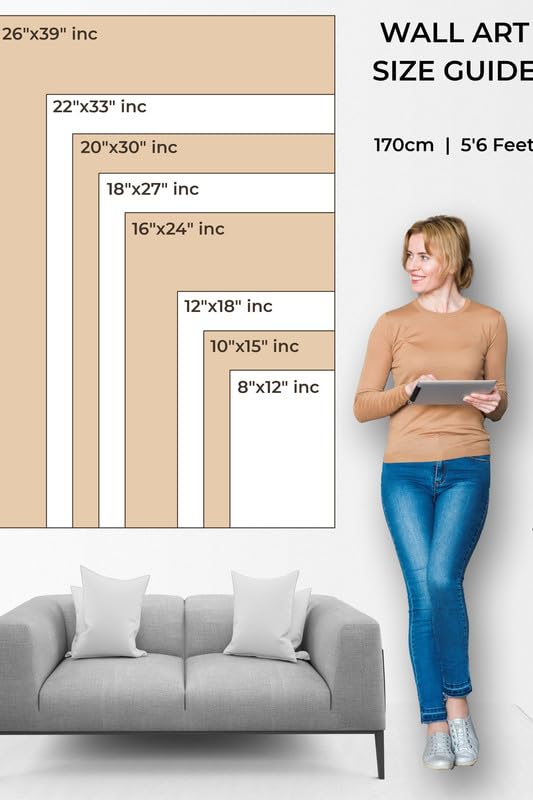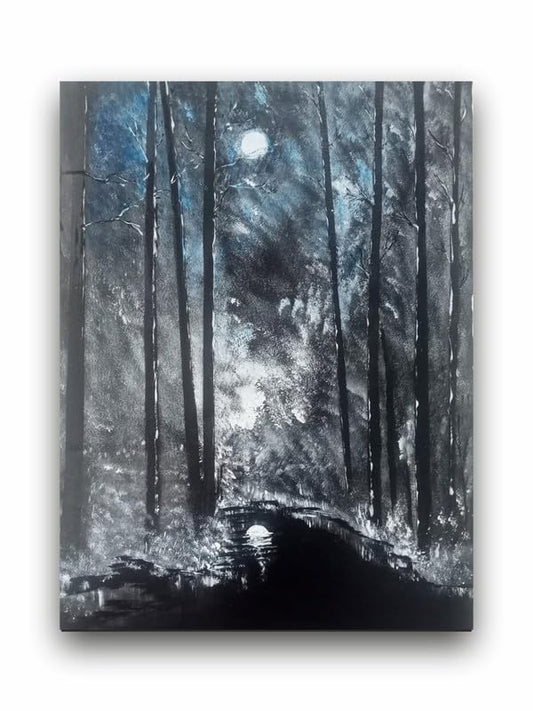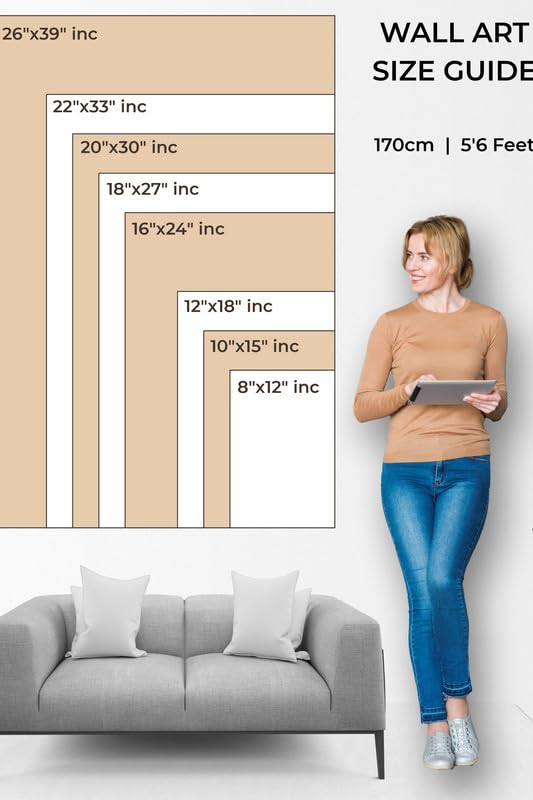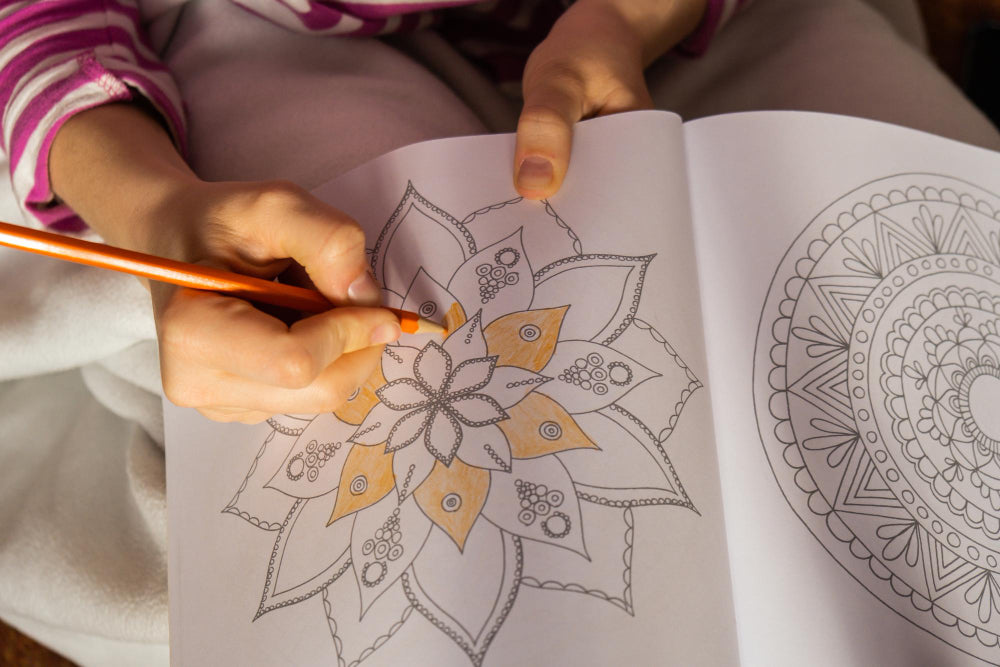
How to Teach Mandala Art in Schools
How to Teach Mandala Art in Schools
The art of mandala drawing is one of the most beautiful ways of drawing and is highly meditative. Due to its curative values and intricate designs, mandalas have an immense appeal. In schools, teaching mandala art will introduce students to mindfulness, creativity, and cultural appreciation as well. Mandalas in the curriculum will bring a focus, contribute to a calming classroom atmosphere, and promote artistic skills. Here's how you can effectively teach mandala art in schools.
1. Mandalas: An Overview Start with a description of mandalas. A mandala is simply a symbolic diagram representing the universe in Hinduism and Buddhism. It has been based on the Sanskrit word for "circle." Provide students with examples of mandalas from other cultures, such as the traditional Tibetan and Indian mandalas. Make sure that you tell the class about how mandalas have been used around the world for meditation, spiritual growth, and relaxation.
You can also explain what a simple geometric concept of a mandala is: an image symmetrically designed outward from a central point. This preview will give meaning to students beyond the aesthetic value of the arrangement.
2. Teach the Basics of Art Creation with Mandalas
Explain the concept, then let the children trace a circle to create their own mandalas. Use simple materials: a pencil, compass, ruler, and colored pencils or markers. Now, follow these steps in the creation process:
Step 1: Begin with a circle. Use a compass to draw a large circle on the paper, which will be the center of the mandala.
Step 2: A horizontal line will split the circle into sectors. Explain to the class that they can have 4, 6, or 8 sectors depending on how detailed they want their picture to be.
Step 3: Using a string and pencil draw circles around the central point throughout the big circle. Then, using shape elements such as triangles, petal shapes, or spirals, fill in each sector symmetrically.
Encourage creativity, allowing them to choose their own shapes and patterns as they move outward from the center.
3. Mindfulness Through Art
The advantages of mandala art sum up in its mindfulness. As they are creating their mandalas, encourage them to pay more attention to their breathing and release their mind. Mandala drawing would be a form of meditation that helps them understand how to reduce stress and anxiety.
Soft music background can make the classroom a calm environment where creativity will be boosted. While doing so, such students may learn as well as be equipped with patience and concentration while producing the designs.
4. Cultural and Artistic Lessons
Another area where ancient art can be used to provide students with an opportunity to learn cultural history and symbolism is in mandala. You can discuss with the students the meaning of mandalas associated with various religions and places. Along the way, this activity can also include lessons on symmetry, geometry, and color theory.
Encourage learners to explore natural mandalas (e.g., flowers, shells) and develop how they can express their mood or thought through design.
5. Encourage Group Project and Exhibit Work
Have students work in groups to produce large mandalas. This would provide them with the chance to experiment and enjoy teamwork as they collectively produce art. In conclusion, after the project is complete, have the students display their mandalas in other places in school or even in the classroom art gallery to ensure that students develop pride in their work and become proud of what they produce.
Conclusion
This is an especially beautiful method of teaching this cultural and art/creativity blending in schools. The facilitation process offers an opportunity to introduce the concept of mandalas, guide the students through the process of creating mandalas, and create a sense of relaxation so that a child develops not only beautiful skill sets but also emotional toughness and concentration in his or her results of creativity. It can transform classrooms into centers of calm, creativity, and connectivity.
How to Teach Mandala Art in Schools

